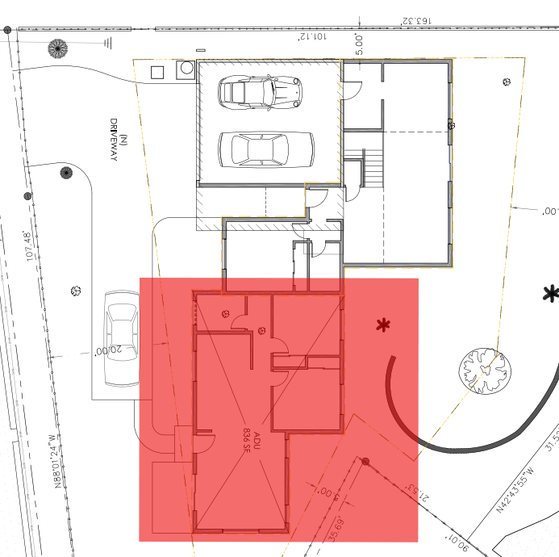Chapter 05: Top Three Ways to Finance Your ADU
Renovation Financing
Fannie Mae and Freddie Mac in recent years identified a need for renovation financing. This type of mortgage allows for homeowners to finance a renovation project into the mortgage. This can include an ADU. The renovation funds are released to the contractor during the renovation/construction of the ADU, upon hitting certain milestones. There are two types of renovation loans that can be used for ADU’s. For detached ADU’s, we recommend the Fannie Mae Homestyle Conventional Renovation Program. For attached ADU’s, the FHA 203K program works well. Each have unique characteristics and are based off of county loan limits. If you can qualify for the Fannie Mae Homestyle program, this is probably the best option. One of the big advantages is that your loan will be based off of the value of your home after the ADU is built. This is the only loan that (besides hard money loans) that will allow you to borrower against the future value of your home. This is a huge advantage, as long as you have enough income to qualify for the larger loan amount. Second, you will have “big brother” watching over you. Renovation loans require a HUD consultant to approve your contractor bids and to make property inspections during the renovation/construction period. The consultant will sign off on the work performed and then let the lender know that it is ok to pay the contractor. This keeps the contractor motivated to complete milestones before getting paid. One strategy we recommend is that you take a higher interest rate on your renovation loan which allows you to use lender credits to keep the closing costs of the loan very low or even eliminate closing costs altogether. Then after the project is over, you can refinance to a lower rate as soon as you’ve made 6 payments on your renovation loan. Home Equity Line of Credit Credit Unions are typically a good source for a HELOC. A HELOC allows for flexibility as you can draw them down as you need the funds. They also have low closing costs. For loan amounts <$250,000, there are typically no closing costs. Primary residence owner occupied homes can have up to 80% Loan-To-Value (“LTV”). HELOC’s are variable rate loans. At the time of this writing, we have received quotes as low as 4.75% for an Adjustable Rate HELOC. The HELOC LTV is based on the existing “pre-renovation” value of the home. This is the major drawback of the HELOC vs. the Renovation loans which bases the loan amount on the post-renovation value of the home. Thus, much more home equity is required if using a HELOC for building an ADU. 2nd Mortgage (Home Equity Loan) Home Equity Loans are different from HELOC’s in that you receive all of the cash proceeds at the closing. HELOC’s allow you to draw the funds as you need them over time. At the time of this writing, we received fixed rate quotes for 10, 15 and 20 Year Terms at 4.49%, 4.99% and 5.49% respectively. The home equity loan LTV is based on the existing “pre-renovation” value of the home which requires more home equity to make the numbers work. |
|
Free Site Evaluation
|
Take this short 10 question survey and receive a custom proforma, feasibility analysis and pre/post home value comparison.
|
The 2019 Guide to Building an ADU in California
(Including Financing Options)
|
For homeowners who want to make the smartest investment when building a backyard cottage, granny flat, accessory dwelling unit, or garage apartment.
|













